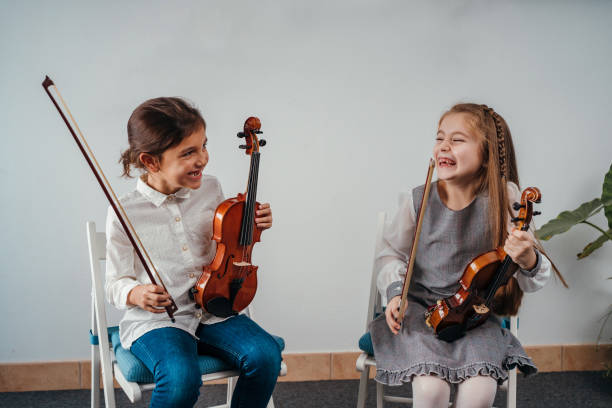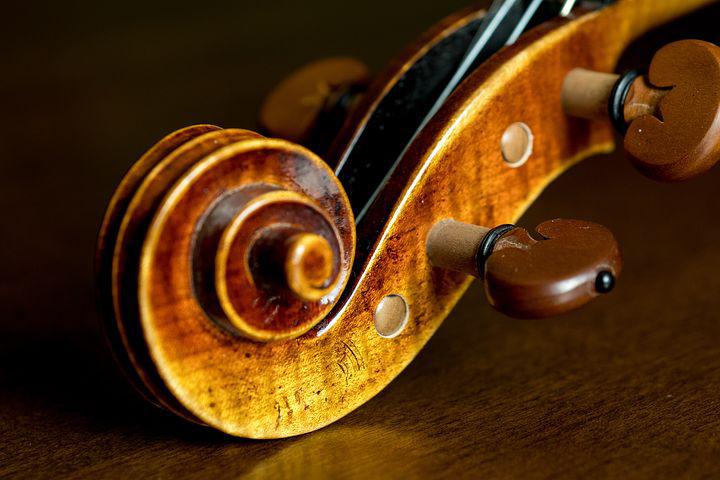Why do musicians poke fun at the viola? “Viola players are to violinists what Belgians are to the French: pleasant neighbours which we love to make fun of”, says French music critic Tristan Labouret, himself a viola player. Historically speaking it probably began in the 1700s. Having evolved from the baroque viol or viola da gamba which was played upright between the legs the modern viola is played da braccio (on the arm). Larger than the violin but smaller than its parent the viol, a viola projects less brightly than it would wish to, its main strength lying in rich darker tones. In 18th century baroque ensembles, viola parts often consisted of “fillers” rather than solo melodies and its players were mediocre musicians on lower pay. In the 19th century the viola came into its own as a solo instrument. Mozart, Beethoven, Dvorak, Schubert, and other great composers all played the viola and understood its potential, and some great concertos for viola have been written. Yet the viola joke endures.
Nowadays we amateur violists are often loyal members of a local orchestra, usually arriving early at the rehearsals to set out the seats. We may struggle with annoyances due to unwieldy desk-sharing, or by having to execute a flash of impossibly exposed music in the middle of an acre of wallpaper harmonies, but we’re generally a cheery and committed bunch, and there’s often a waiting list of players wanting to join.
I was once lucky enough to get a place as the fourteenth viola in a prestigious audition-free amateur symphony orchestra. The problem was that I was seated so far back in the section that I could hardly make out the conductor with my music specs on – his baton was just a blur in the distance over the many rows of heads in before me. Also, I was right in front of the noisy brass with their ear-piercing blasts. Even though they played behind baffles and I had invested in light earplugs to muffle their more strident passages, reading the music, fiddling with earplug volumes, and at the same time trying to turn pages for my (better) desk partner did not make for great playing. After a few months of this frustrating combo it all became too much, and regretfully I resigned. Needless to say, my place was immediately filled by another keen violist who was delighted to come off the waiting list. I wished him all the best – I was sure he’d do well, being young, tall, and the owner of a music case emblazoned with National Youth Orchestra stickers…
There is something refreshing about the ability to laugh at oneself. I love laughter and relish seeing the funny side of things – especially at my own expense- which is why I can’t resist viola jokes. Here are just a few:
How do you keep a violin from getting stolen? Put it in a viola case.
How can you tell a viola player’s age? Cut the top of his head and count the rings.
What’s another name for viola auditions? Scratch lottery.
What do you call a viola player with half a brain? Gifted.
How do you get viola player to play a passage tremolando? Mark it SOLO.
How can you make a violin sound like a viola? Sit in the back row and pretend to play.
Why are violas larger than violins? It’s an optical illusion – viola players have small heads.
What’s the only thing a violinist can do better than a violist? Play the viola.













